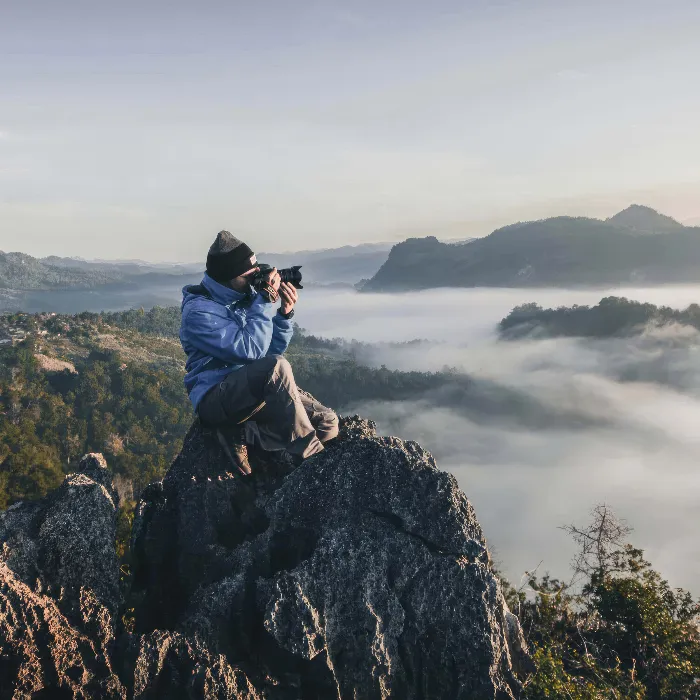Photography is a passion that excites many people. But what happens when the hobby becomes the calling? Going freelance can bring about a tremendous change. In this guide, you will learn the essential differences between the amateur photographer and the professional photographer. I will give you practical tips on how to successfully shape your photographic journey.
Key insights
- Stay an amateur photographer as long as you need until you’re ready for the profession.
- Experiment and find out what you truly enjoy.
- You need a portfolio to demonstrate your skills.
- Make sure to keep enjoying photography, even in your profession.
- Work on your communication skills to be successful in business.
Step-by-step guide
1. Explore photography without pressure
Before you go into self-employment, you should deeply engage with photography and your camera. In the early days as an amateur photographer, you have the advantage of being able to work completely without pressure. Experiment with different techniques, styles, and subjects. Use this time to find your own creative expression and refine your craft.

2. Set clear goals
Especially at the beginning, it is important to set specific goals. Consider what type of photography fascinates you and what direction you want to go in. Whether portraits, landscapes, or something entirely different – find out what your heart beats for. When you eventually decide to go freelance, your decisions should be based on these goals.
3. Build a portfolio
A well-designed portfolio is crucial for your success as a photographer. Start by shooting for friends or acquaintances for free or for a small fee. This gives you the opportunity to showcase your skills and gain practical experience. When you can present your work, it will be easier to get bookings.
4. Keep the joy of photography
There is a significant difference between hobby and profession. Photographing for clients can lead to increased pressure. Try not to lose the joy of photography. Consciously seek out projects that you enjoy and that don’t necessarily involve money. This will help you maintain your enthusiasm for the medium.
5. Learn to decline assignments
Once you reach a point where you have enough experience and confidence, be aware that you can choose your assignments. If you don’t like something or it doesn’t fit your style, you have the right to decline the assignment. This can be a challenge, especially in the early stages, but it’s important to clarify that you only want to work on projects that bring you joy.
6. Improve your communication skills
In photography, not only is the eye for the right moment crucial, but also the ability to communicate with people. You need to be able to understand and address the wishes and needs of your clients. An open conversation and clear communication can help avoid misunderstandings and make collaboration successful.
7. Keep your hobby alive
To thrive as a professional photographer, you should still maintain a hobby that brings you joy and relaxation. It can be helpful to regularly take photos just for yourself without the pressure of a commission. This gives you the opportunity to learn new techniques and experiment without the feeling of being tested.
Summary – Learning photography: Differences between hobby and profession
This guide has highlighted the essential points to consider if you want to transition from amateur photography to a profession. Keep the freedom and joy in your art, and use the time for exploration and experimentation to find your own style.
Frequently asked questions
What are the main differences between hobby and professional photography?Amateur photography is often playful and pressure-free, while professional photography is associated with professional requirements and financial expectations.
When should I go freelance as a photographer?It makes sense to go freelance only when you have a solid portfolio and your photographic skills are sufficiently developed.
How do I find my photographic style?Experiment with different subjects and techniques until you feel what resonates with you and what you are passionate about.
How can I build my portfolio?Start with free assignments for friends or acquaintances to gain experience and showcase your skills.
What do I do if an assignment doesn’t fit me?You have the right to decline assignments that don’t match your style or interests, even though this can be challenging.


